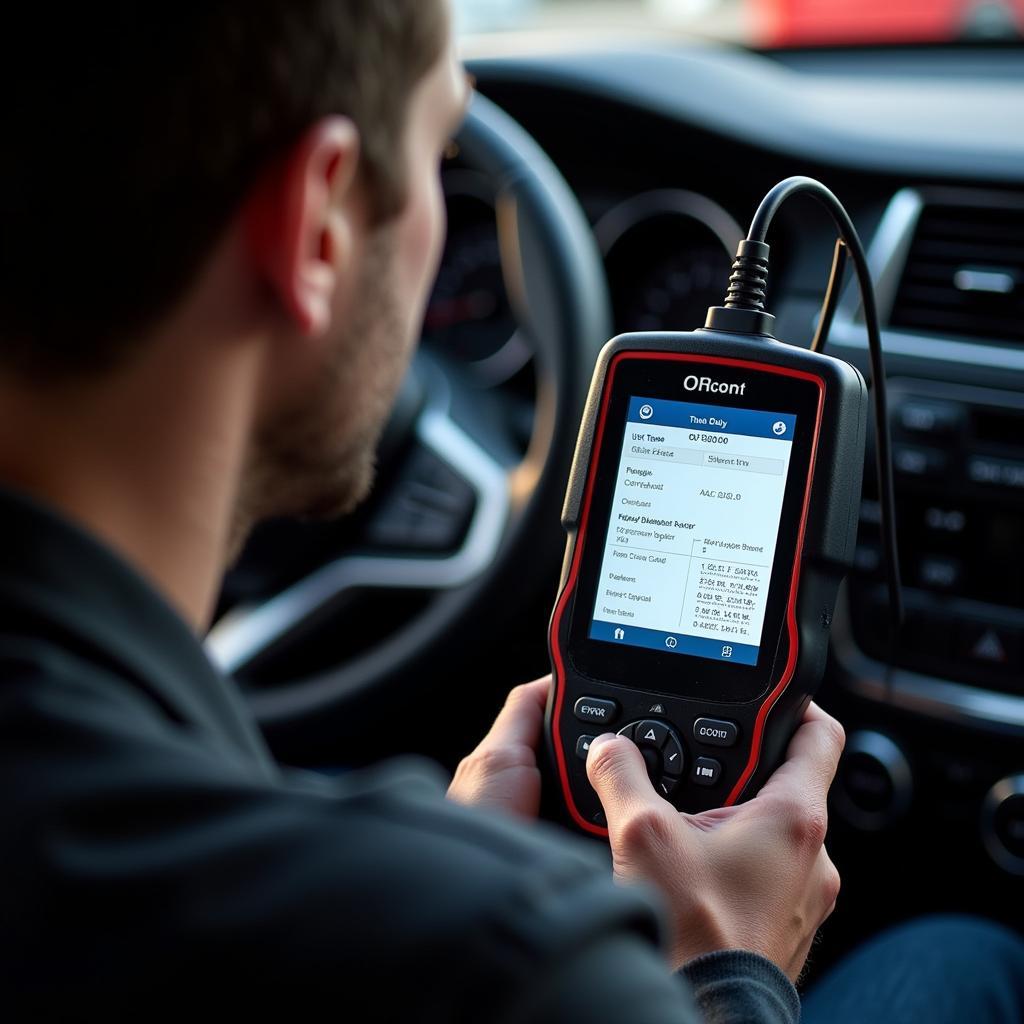Have you ever wondered about those little plastic tags attached to merchandise in stores? They seem innocuous enough, but they play a crucial role in preventing theft. These are magnetic anti-theft tags, and understanding how they work can shed light on the fascinating world of retail security.
Decoding the Magic Behind Magnetic Anti-theft Tags
While they appear simple, magnetic anti-theft tags are based on a clever principle: disrupting a magnetic field. Here’s a breakdown of how they work:
1. The Tag’s Anatomy
A magnetic anti-theft tag consists of two key components:
- A magnetic strip or element: This strip contains tiny ferromagnetic particles that are magnetized in a specific pattern.
- A detection system: Located at store exits, these systems emit a low-frequency electromagnetic field.
2. The Science of Detection
- When an active (not deactivated) tag passes through the detection system’s field, the magnetic strip disrupts it, triggering an alarm.
- This disruption is detected by the system’s receiver, alerting store personnel of potential shoplifting.
3. Deactivation at Checkout
- During checkout, cashiers use a specialized device called a deactivator.
- This device emits a strong magnetic pulse that rearranges the magnetic pattern in the strip, essentially “switching off” the tag’s ability to disrupt the detection field.
4. Types of Magnetic Anti-theft Tags
There are various types of magnetic anti-theft tags, including:
- RF (Radio Frequency) tags: These tags use radio waves to communicate with the detection system.
- AM (Acousto-Magnetic) tags: These tags use a combination of acoustic and magnetic technologies for detection.
Why Magnetic Anti-theft Tags are Essential
Magnetic anti-theft tags offer several benefits:
- Effective Deterrent: The visible presence of tags and the potential for an alarm act as strong deterrents against theft.
- Reduced Shrinkage: By minimizing shoplifting, retailers can protect their inventory and reduce financial losses.
- Improved Profitability: Lower shrinkage rates contribute directly to improved profitability for businesses.
FAQs about Magnetic Anti-theft Tags
Q: Can magnetic anti-theft tags damage electronic devices?
A: Generally, no. The magnetic field emitted by these tags is very weak and unlikely to cause harm to most electronic devices.
Q: What happens if a tag is not deactivated at checkout?
A: If you accidentally leave a store with an active tag, the detection system at the exit will likely trigger an alarm. Simply inform a store employee, and they can deactivate it for you.
Q: Can I remove a magnetic anti-theft tag at home?
A: Attempting to remove a tag yourself is not recommended and could damage the merchandise. It’s always best to return to the store for assistance.
Need Help Troubleshooting Car Issues?
While magnetic anti-theft tags secure merchandise, Cardiagtech can help you secure your vehicle’s electronic systems. For advanced diagnostics, programming, and remote software installation to resolve car problems, explore the range of solutions offered by Cardiagtech.
Let Cardiagtech be your trusted partner in keeping your car in top shape. Contact us today for all your automotive diagnostic and software needs.


